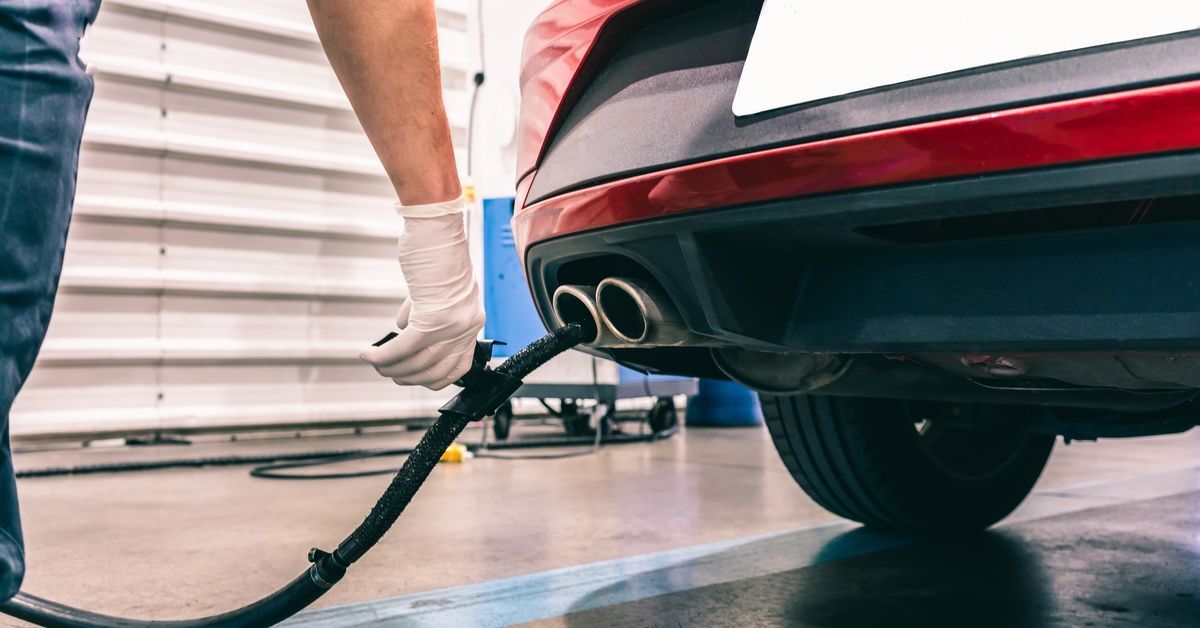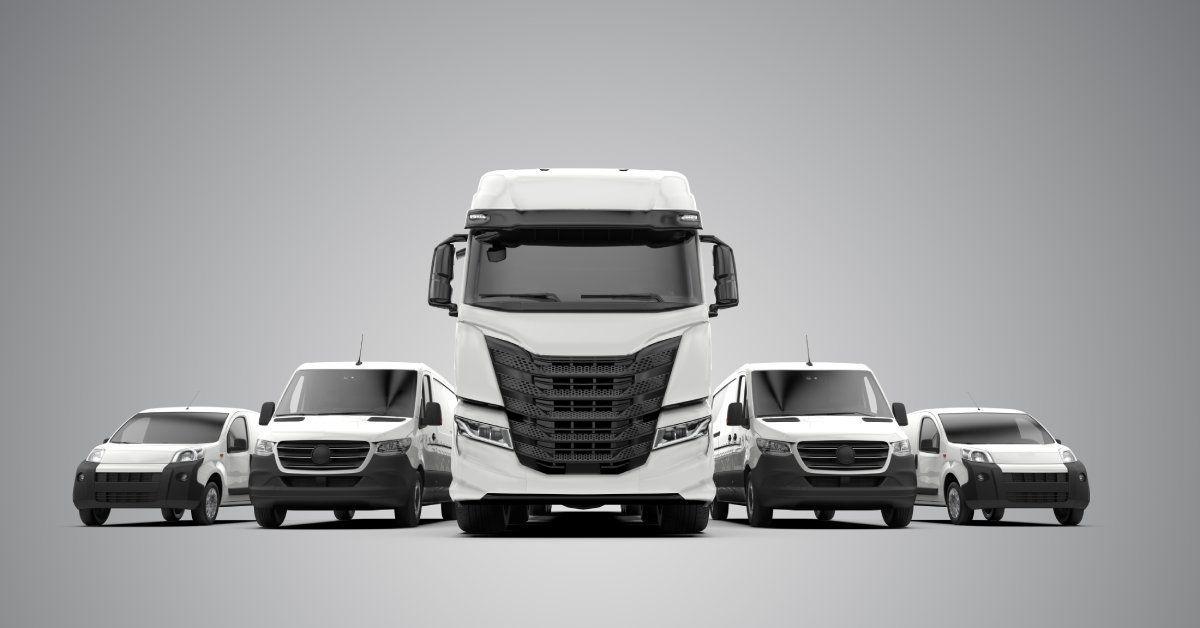Natural Gas vs. Electric
Consider the four Cs – Cost, Capability, Cobalt, and Coal – when considering electric vehicles
Making promises is different than making product. If and when an electric heavy-duty option comes to market, what will it cost? Will it be cost prohibitive for most end users? Besides high vehicle technology costs, what about associated costs for the massive fleet charging infrastructure that will be required?
Capability
No commercially-available electric option exists for most high capacity needs. If and when electric technology does make it to the heavy-duty market, will it be able to carry an 80,000 pound load up a steep mountain pass at speed? It will likely take years of testing in real world applications to find out.
Cobalt
There is an extensive human cost to electrification, and it starts with cobalt, a needed element for new battery technology. The typical electric car requires between 10 and 20 pounds of cobalt. Imagine the need for a single Class 8 truck.
Over 50 percent of the world’s cobalt comes from the Republic of Congo. So instead of being beholden to Middle East oil, we’ll be beholden to rare earths from other not so stable places. The worst conditions affect Congo’s “artisanal” miners; many of whom are children. A 2012 UNICEF study estimated that 40,000 boys and girls do so in the country’s south alone.
Artisanal mining does not involve the use of pneumatic drills or diesel draglines, and this informal army of miners is responsible for an estimated 10 to 25 percent of the world’s cobalt production and about 17 to 40 percent of production in Congo.
Source: “The Cobalt Pipeline,” Washington Post, 9/30/16
Coal
Not all electricity is the same, or even clean. Today approximately 400 coal-powered electric plants continue to generate around 30 percent of America’s electricity. Coal accounts for more than 50 percent of power generated in 13 states.
Time of charging also matters. While the wind often blows at nighttime, it is also when utilities are most likely to run only their coal-first power plants.
Source: Washington Post, 3/28/17
Life-cycle emissions matter too
We can’t continue to compare all vehicles merely by the tailpipe. According to the Union of Concerned Scientists, it takes so much energy to make batteries that battery electric vehicles (BEVs) with a 250-mile range start out life with a carbon footprint 68 percent higher than a piston-engine car.
What Happens to Spent Vehicle Batteries?
Unlike China and the European Union, the landfilling of depleted electric vehicle batteries is not forbidden in the United States. Battery recycling is not required.
Battery capacity certainly varies, greatly impacting battery life. Most light-duty EV manufacturers provide warranties for excessive battery loss. High temperatures, overcharging, deep discharges, and high discharges can all affect overall battery life.
Sources: “Rise of electric cars pose battery recycling challenge,” Financial Times, September 9, 2017 and “What you should know about today’s car batteries,” fleetcarma, March 15, 2017.
Is the Electric Grid Ready?
There is a significant infrastructure gap when evaluating forecasted electric vehicle use and powering requirements. And different sized vehicles and required charge times require different charging needs.
Up to 5.5 million charge ports will be required by 2025 to accommodate expected plug-in electric vehicle (PEV) needs. A Navigant estimate puts the total number of installed charging ports today – including private at-home and at-work and public locations – at only 475,000.
Sources: Plug-in Electric Vehicle Sales Forecast Through 2025 and the Charging Infrastructure Required, Institute for Electric Innovation and Edison Electric Institute, June 2017 and Market Data: Electric Vehicle Charging Equipment, Table 3.7, Navigant Research, 2Q 2017.
Most electric utilities are unprepared to meet this expected demand.
According to research by the Smart Electric Power Alliance (SEPA), expected future growth of EV usage could severely impact current residential and commercial electric distribution. And as electrification of the transportation sector moves from individual ownership of light-duty cars and trucks to more commercial fleets and eventually heavy-duty applications, issues could become even more “amplified.”
There is a massive gap between expected EV charging demand and the EV infrastructure needed to accommodate it. SEPA’s recent survey concluded that 75 percent of all electric utilities in the United States have taken “little action” to meet expected future demand in terms of grid capacity and distribution needs.
Source: Utilities and Electric Vehicles: Evolving to Unlock Grid Value, Smart Electric Power Alliance, March 2018.




